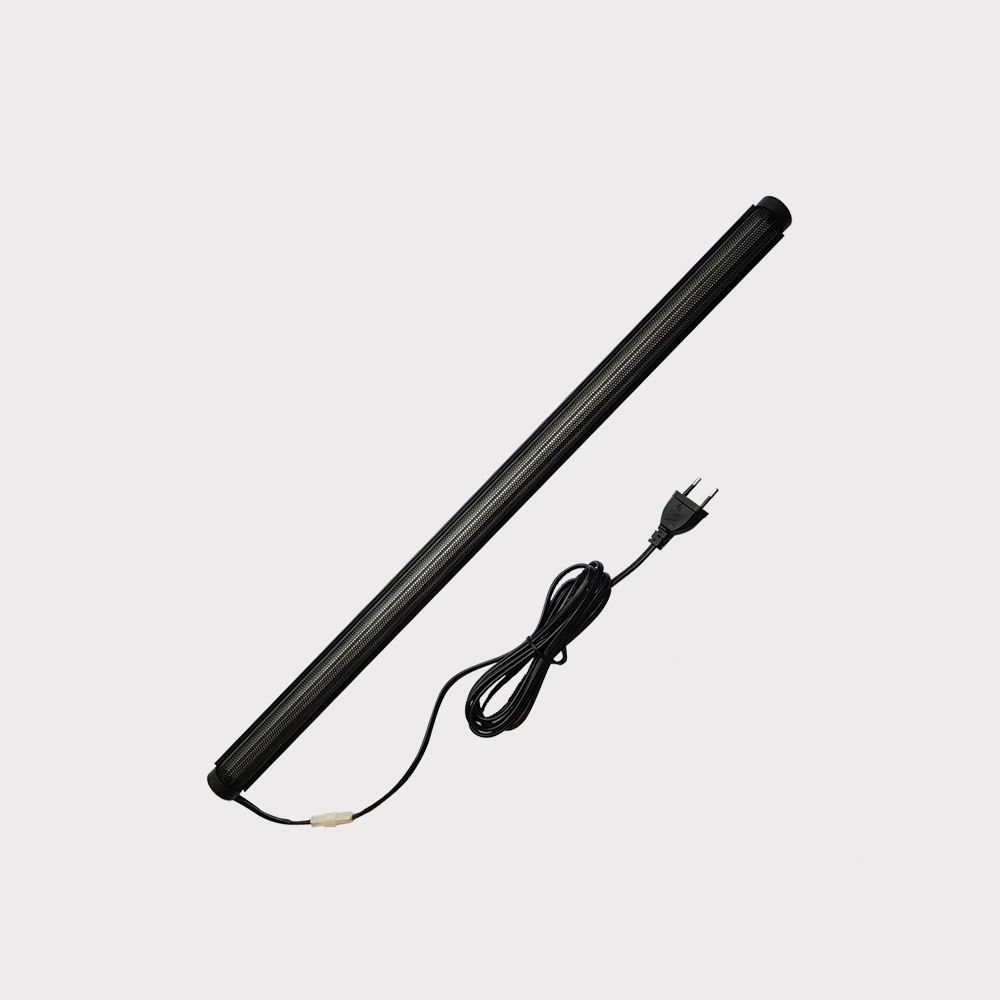- Clean and Dry Items Before Storing Them
Dirt can damage items by scratching them or leaving a stubborn film. Similarly, food crumbs can attract rodents or other pests. Because of these risks, you should make sure that you thoroughly clean items before putting them into storage. However, you should also dry everything extremely well.
- Pack Silica Gel or Camphor in Your Cabinet
To deal with any residual moisture, consider putting silica gel or camphor in your cabinet. You can buy small packs of it—similar to the ones you find in a new shoe box—from packing supplies stores. These little packs contain crystals that absorb moisture.
- Choose Your Boxes Carefully
The boxes you use can also help to protect items from humidity. If storing clothing, you may want to use airtight plastic boxes. They prevent moisture from getting inside. However, if you’re storing art or books, you may want to use breathable, acid-free boxes.
- Keep Airflow in Mind When Setting Up the Storage Unit
Ideally, you should arrange your items in a way that promotes airflow. Try to avoid pushing furniture directly against walls, and leave room between stacks of boxes. If you are storing items in an area with a cement floor, place boxes on top of a pallet.
- Install A Dehumidifier
Dehumidifiers takes moisture, or water, out of the out of the air. Dehumidifiers work by bringing moist humid air, in one side with a fan and moving the air over ice cold tubes that causes the moisture to collect on these tubes and then drip into a bucket or tube, and pushing the dry air out the other.
Don’t worry to search for this product! You can get a dehumidifier rod ready to use in our store here. https://bit.ly/2rX3PLj

Source : www.cardinalselfstorage.com & www.allergyconsumerreview.com




